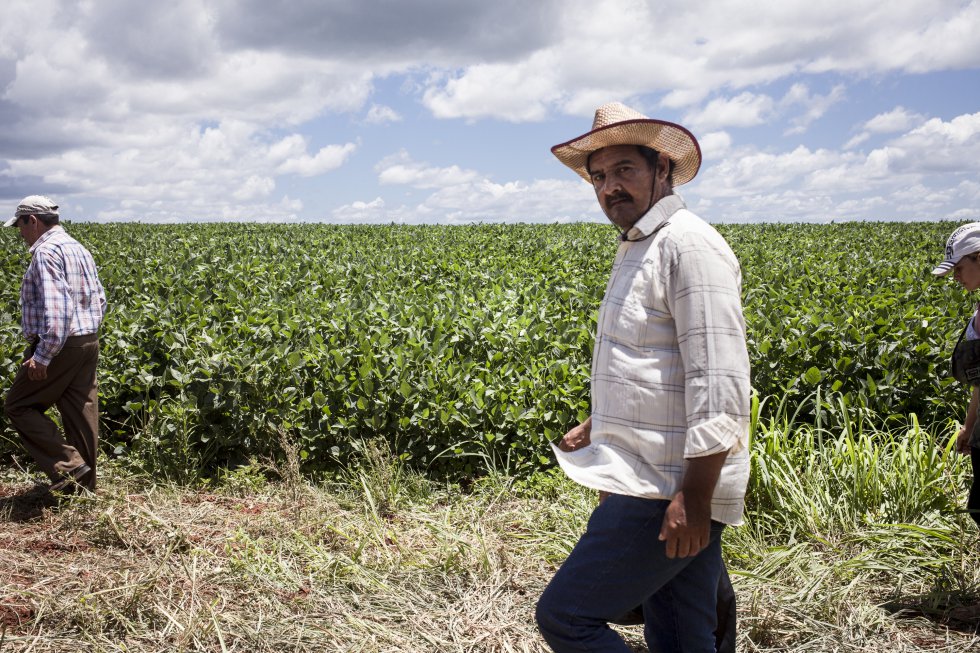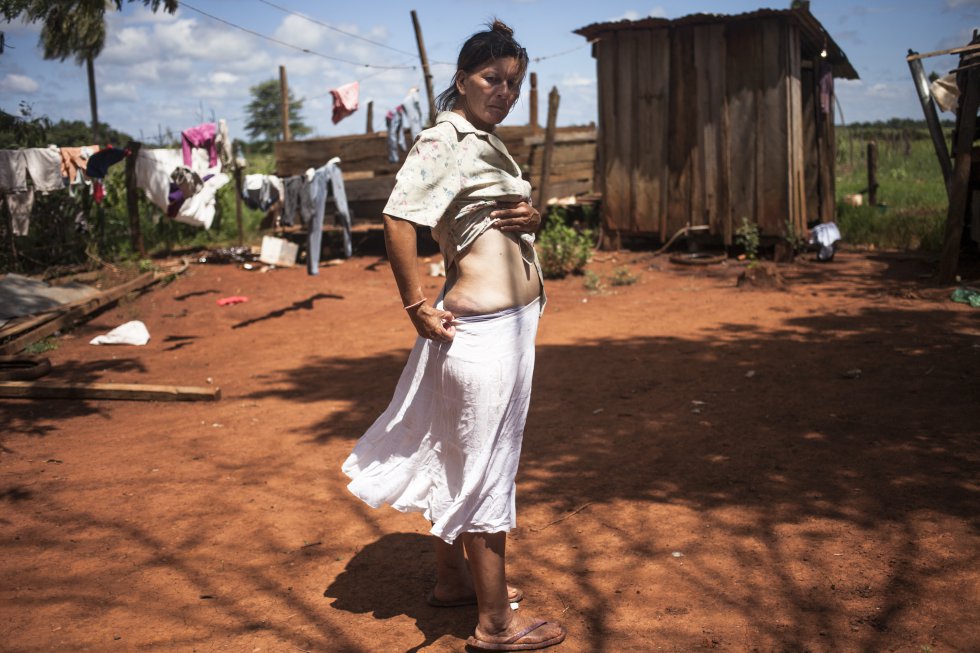Author: Ravi Musalin
Co-Authors: Anna Woodworth, Mishelle Perez Gonzalez, Leah Jacob
Students in Paraguay have mobilized one of the largest’s protest movements in Paraguay’s history. They are demanding a significant reform to Paraguay’s largest public university, the National University of Asunción, otherwise known as UNA. Protesters across the university’s 12 schools demanded four basic reforms to the university. First, they are looking to eliminate the absolute majority held by professors in the university governing assembly, which is composed of elected professors, students, and alumni from each of the 12 schools. Second, they want term limits for university leadership positions. Their third demand is to institute a ban on the “personal appointees,” otherwise known as “cargos de confianza,” of university leaders running for and occupying elected office in university governing bodies. Lastly, they are looking for the creation of an independent electoral commission to regulate university elections. These protests began on August 24th of 2016. Although the students participating in the protest became involved for vastly different reasons, they share the common frustration with the self-interested elite of the university. Currently, the university has not compromised with the protestors. They recently refused to consider the protestors reforms for a third time.
Protests in 2016 intensified when a group of teachers and high ranking government officials began to make reforms to the university without consulting with the students of the university. Students argue that teachers shouldn’t be allowed to make decisions concerning the university without input from the students. One of the main grievances students had were the lowering amount of investment in education. Paraguay spent around 3.9% of its GDP on education, with that amount falling every year. In comparison, other South American countries in the region spend, on average, 5.2% of their GDP on education. In terms of billions of dollars, this 1.3% difference is especially significant. As part of a solution to their issues with the education system, protesters demand an increase of about 50 million dollars on education in 2017. This increase would be less than 1% of Paraguay’s GDP. The Paraguayan government’s lack of investment, along with the fact that Paraguay is considered the country with the worst education in the world by The World Economic Forum, further fuels the frustrations of students. The UNA students have remained adamant in their protests, demanding that their reform requests be met by the government.
Summary factoid questions:
- Why did protests intensify in 2016? Teachers and high ranking government officials began to reform the university without consulting with the students of the university
- What was one demand made by the protestors in 2016? An increased investment in education of about 50 million dollars in 2017
Sources
- “Paraguay’s Student Spring.” NACLA. N.p., 11 Oct. 2016. Web. 14 Mar. 2017.
- “Paraguay’s University Students Are Protesting against Corruption.” Equal Times. N.p., n.d. Web. 14 Mar. 2017.









